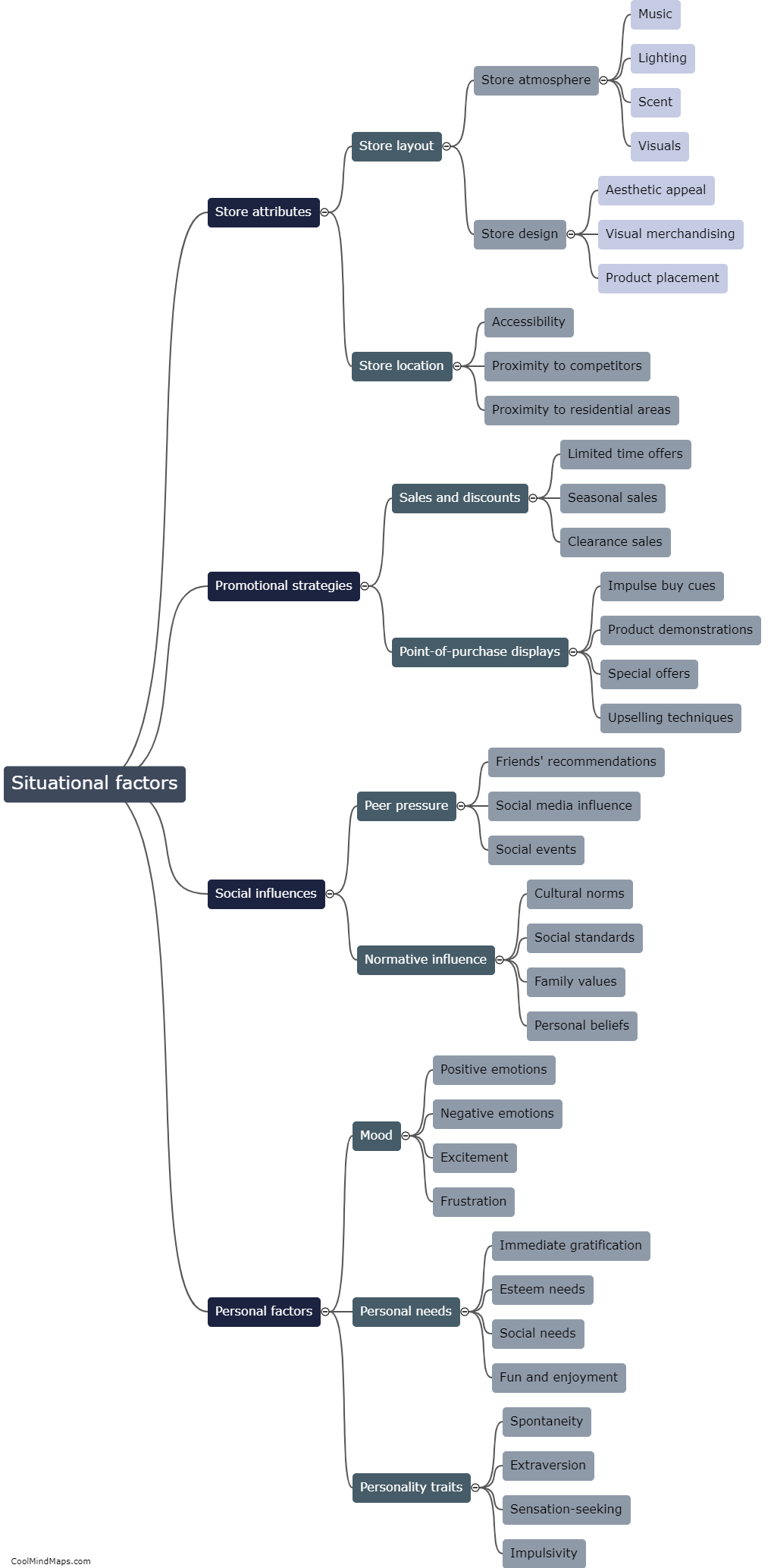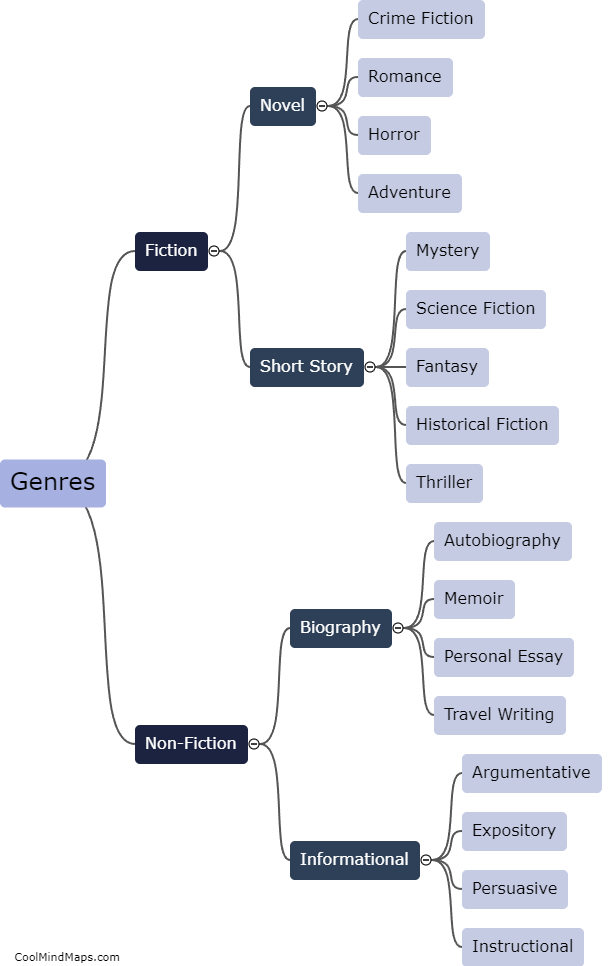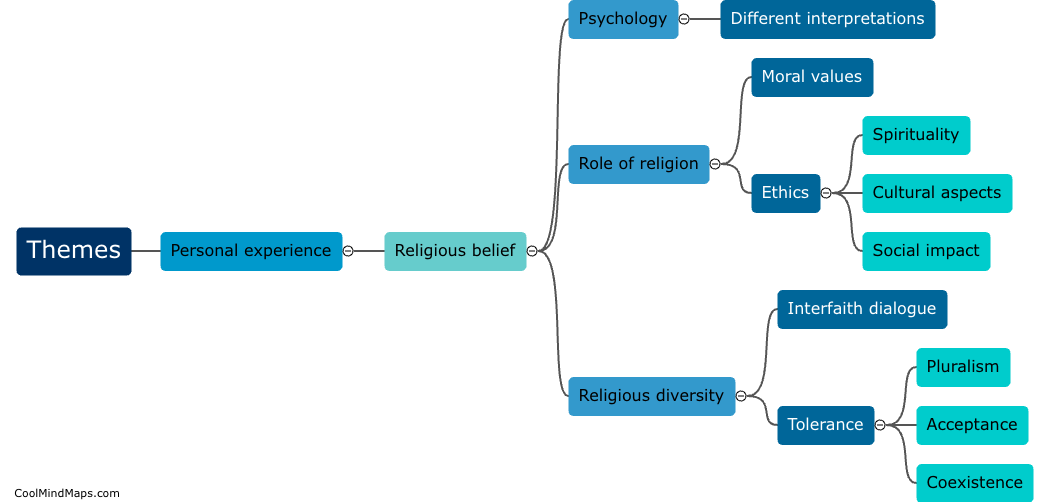How can texts be understood and interpreted?
Texts can be understood and interpreted through various means. Firstly, understanding the context in which the text was created is crucial. This includes knowledge of the author's background, historical events, and cultural influences. Identifying the purpose and audience of the text also aids interpretation. Additionally, analyzing the language, rhetoric, and literary devices employed in the text provides insight into its message and themes. Considering the text's structure and organization can uncover underlying patterns and meanings. Furthermore, interpreting texts requires critical thinking skills, as it involves questioning assumptions, identifying biases, and considering different perspectives. Engaging in discussions, research, and comparison with other texts can further deepen understanding and interpretation. Overall, a combination of contextual knowledge, analysis of literary elements, critical thinking, and additional research is essential for comprehending and interpreting texts effectively.

This mind map was published on 8 September 2023 and has been viewed 91 times.











